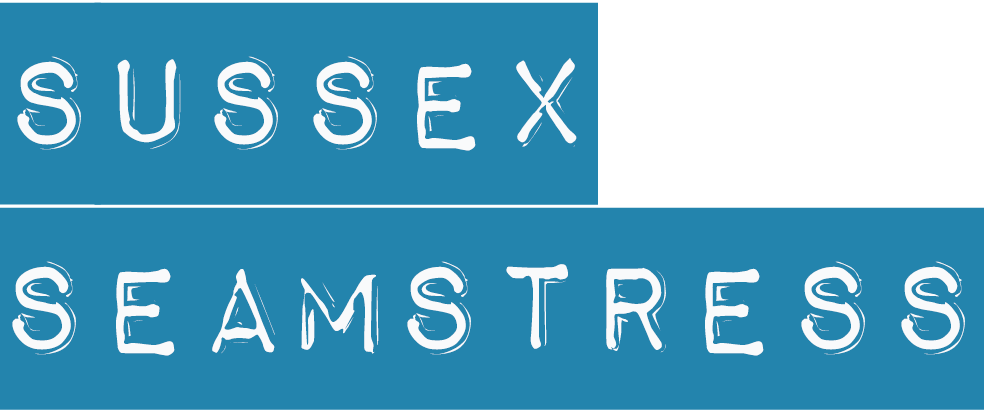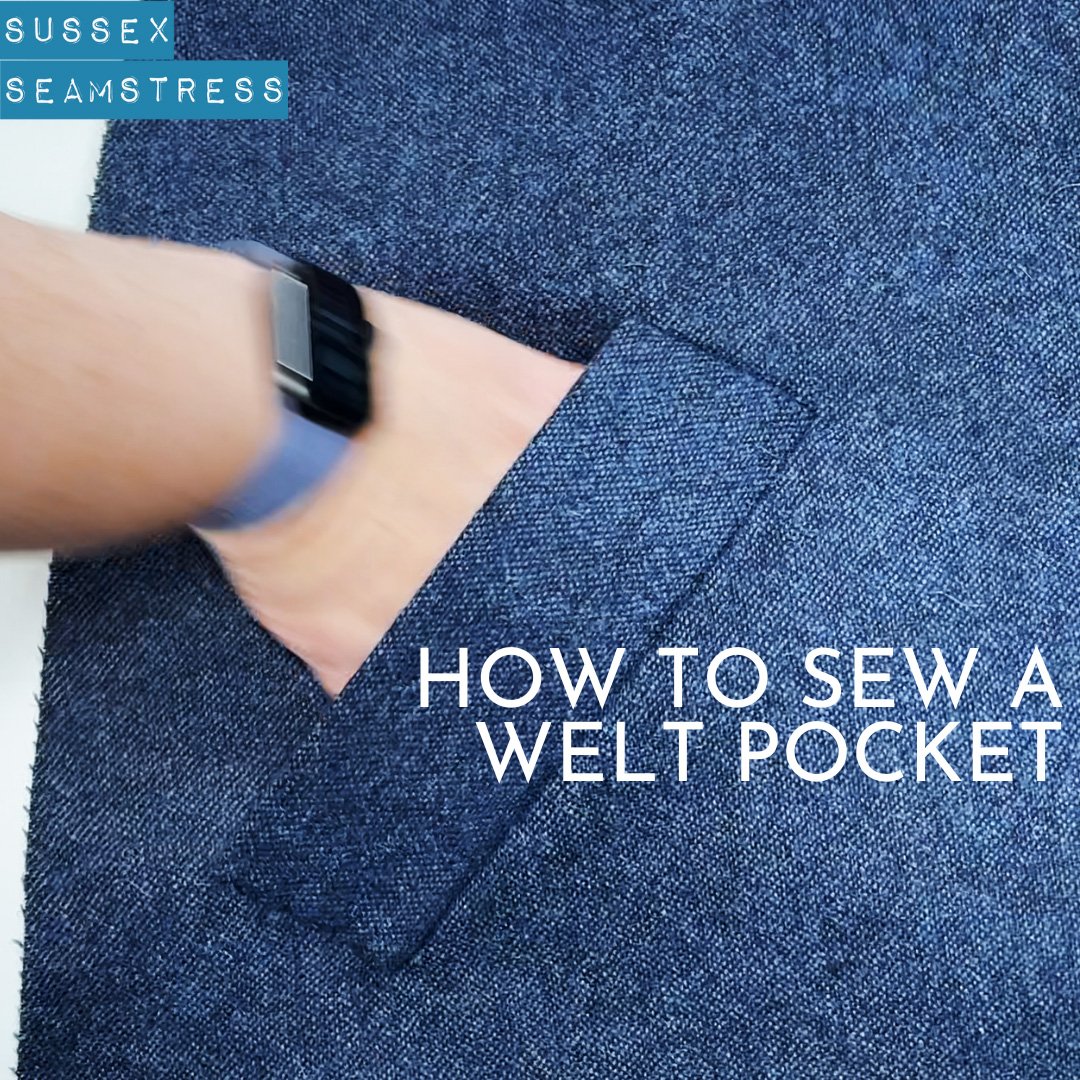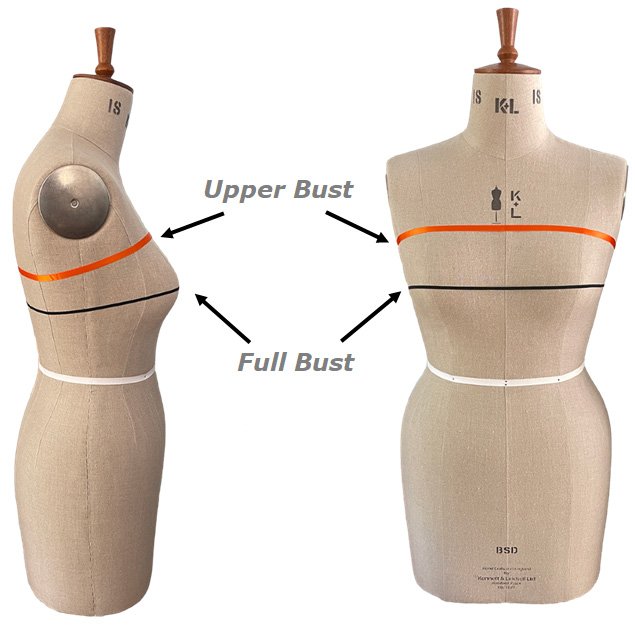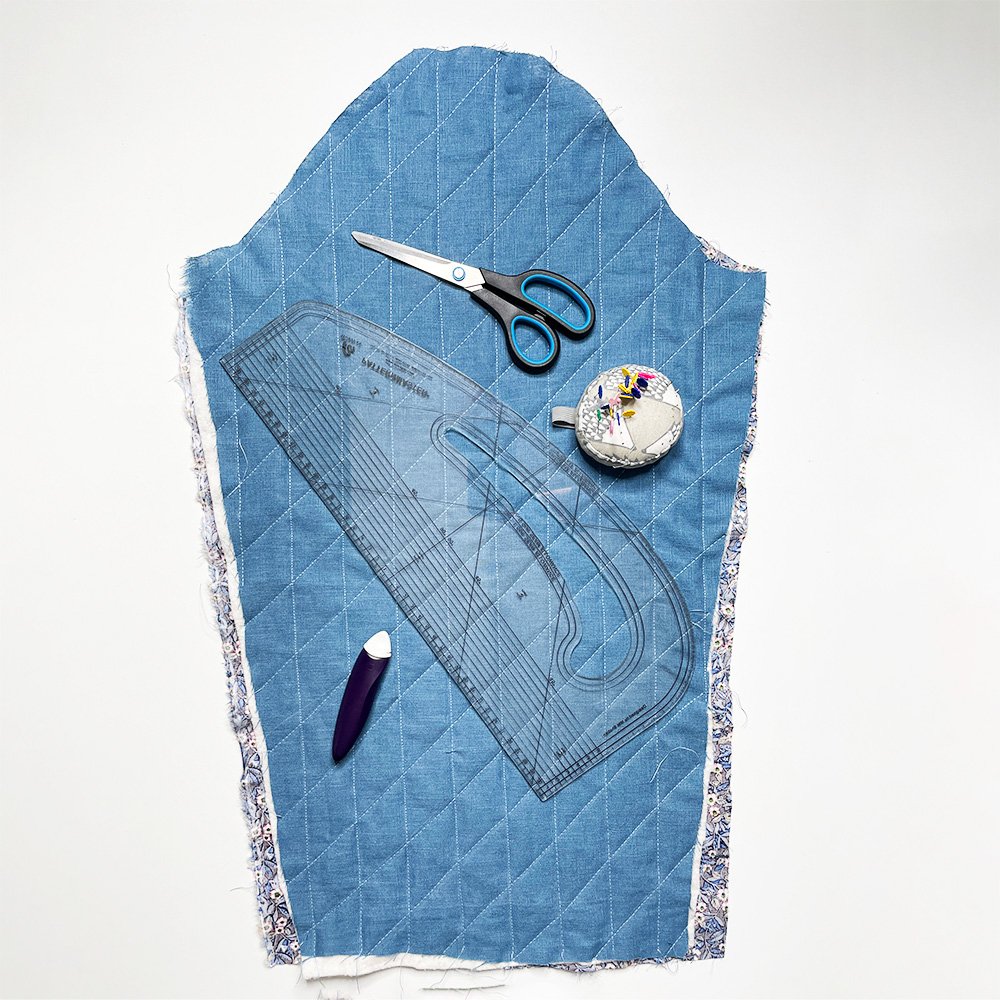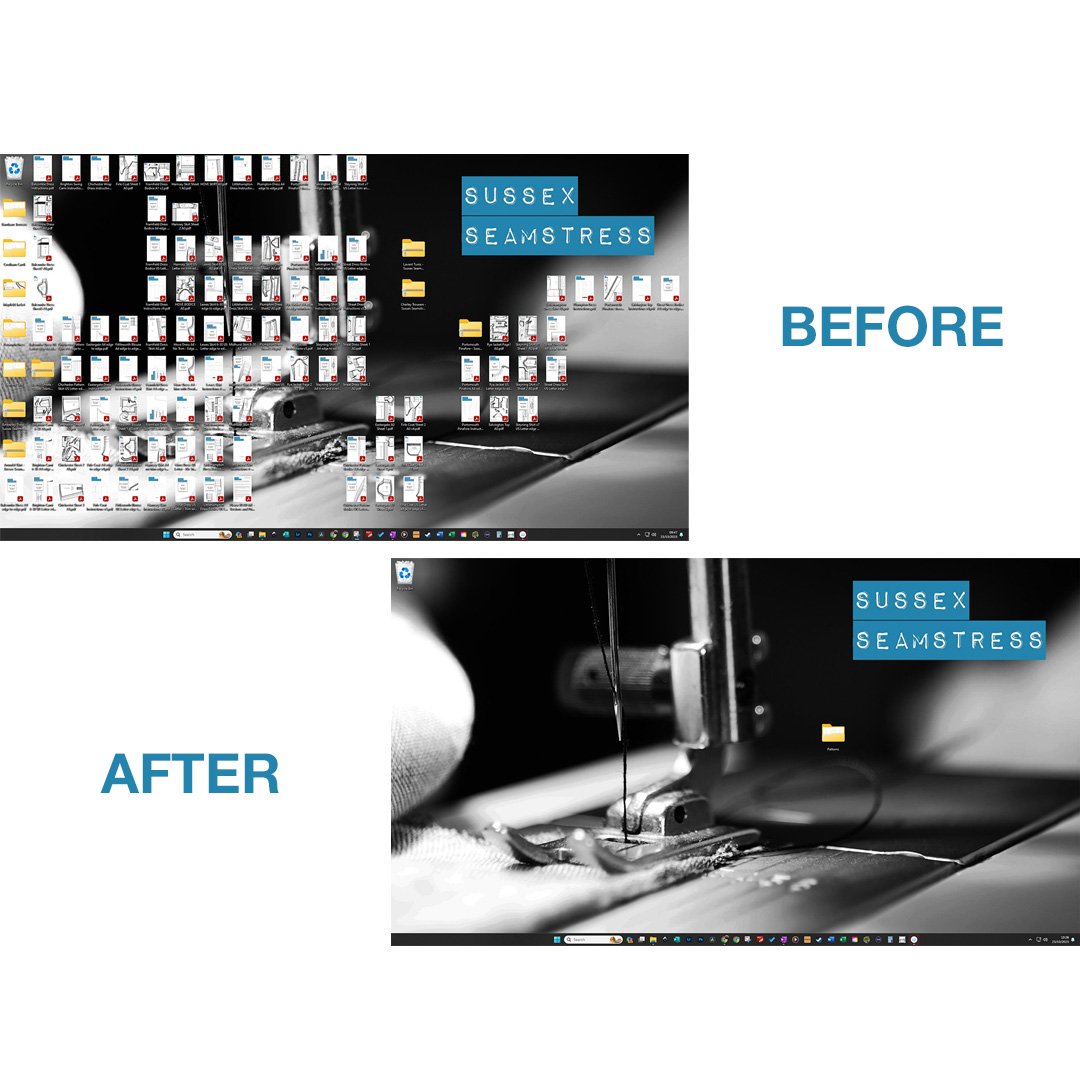Sewing machine needles - types and uses
When it comes to sewing machine needles, there are lots of different types out there. How do you decide which one you need? Well, there is a needle for just about every task, so if you spend a lot of time working with a specific type of fabric, for example, it’s probably worth investing in needles that are designed specifically for that job. That’s not to say you can’t get a long way with the good old universal.
Anatomy of a Needle
Before we look at the different types of needle, it helps to be familiar with the names of their various parts. Here’s quick cheat sheet:
Shank: inserted into the machine ‘clamp’ to secure it in place.
Shoulder: where the shank tapers to become the shaft.
Shaft: this will be the correct length for your machine to pierce the fabric and loop the thread around the bobbin to form a stitch.
Groove: a cut in the front of the shaft to allow the thread to lie close to the needle as it passes through the fabric.
Scarf: provides space for the hook of the bobbin to pass closely
Eye: carries the thread.
Point: the specific shape of the point will help part the threads in the fabric or cut a hole in the fabric to allow a stitch to be formed.
Needle Sizes and Thicknesses
Some of my most used needle types
Machine needles come in various thickness or sizes. As a general rule, the finer the needle the lighter the fabric. My go-to needle is the Universal 80. These are a great general use size and point for most of my sewing needs. I’ll only change it if I experience problems - snagging or thudding - or it breaks! (the Singer website suggestes you change your needle for a new one every 8-10hr of sewing. Clearly I need to go to sewing prison!)
Anyway, here are the different needle sizes & what they are best used for.
Size 60-70 - Very fine fabrics, silk chiffon, organza, voile, lace, muslin.
Size 75-80 - Light weight fabrics, cotton, heavier silks/satins, synthetics, spandex, lycra.
Size 90 - Medium weight fabrics, velvet, fine corduroy, linen, tricot, knits, fleece.
Size 100 - Heavy weight fabrics, denim, leather, canvas, suiting etc.
Size110-120 - Very heavy denims, upholstery fabrics.
Machine Needle Types
Even up close in can be tricky to see the difference between some needles, especially at smaller sizes. The Microtex above is the sharpest, the Jersey the most rounded, and the universal somewhere between the two.
OK, I promised you a rundown of the different needle types, so here we go…
Universal : A general purpose needle that fits most domestic machines. The point is slightly rounded and the shaft tapered to allow it to glide through a knitted fabric without snagging while being sharp enough to pierce a woven fabric.
Ballpoint/Jersey : This has a rounded tip and is intended for closely knit fabrics where it will push the weave out of the way rather than cut through it.
Stretch : these do a similar job to the ballpoint needle but are specifically designed for fabrics containing significant stretch like lycra or spandex. You will experience skipping of stitches without one of these on those fabrics.
Jeans/Denim : These do what they say on the tin! Great for tightly woven and heavier cotton and linens. They have a very sharp point, strong shaft and a slimline eye.
Leather : These have a blade like tip to cut the leather as you stitch. You only get one go at getting it right with leather! No unpicking and re-stitching or it’ll show. Also used for faux leather and vinyl.
Wing : Ok, confession time - I’ve never used one of these! At least I have no recollection of it… It’s on my to do list as it gives a lovely finish to hems to add interest. They have ‘wings’ on either side of the eye which hold the fabric open. The larger the needle the larger the hole they leave. Looks lovely on not too tightly woven linen and cottons.
Microtex : Very slim and sharp. Fabulous for very tightly woven fabrics. Also good for quilting and applique. If your machine makes a thudding noise while sewing you probably need this type of needle.
Embroidery : Yes, that’s what they’re used for… specially shaped scarf to prevent the thread shredding.
Metallic : Similar to the embroidery needle. Large eye and extra long scarf but with Teflon coating to the eye to prevent shredding.
Twin/Triple : needles set in pairs or groups of three on a single shaft. Used for decorative stitches (topstitching) or finishing hems on jersey garments to give the impression of a coverstitch.
So there you have it. A quick reference to needle types and sizes.
Happy sewing!
Sussex Seamstress is an independent pattern maker, based in Sussex, UK.
While you’re here, why not take a look at my range of sewing patterns for women?
